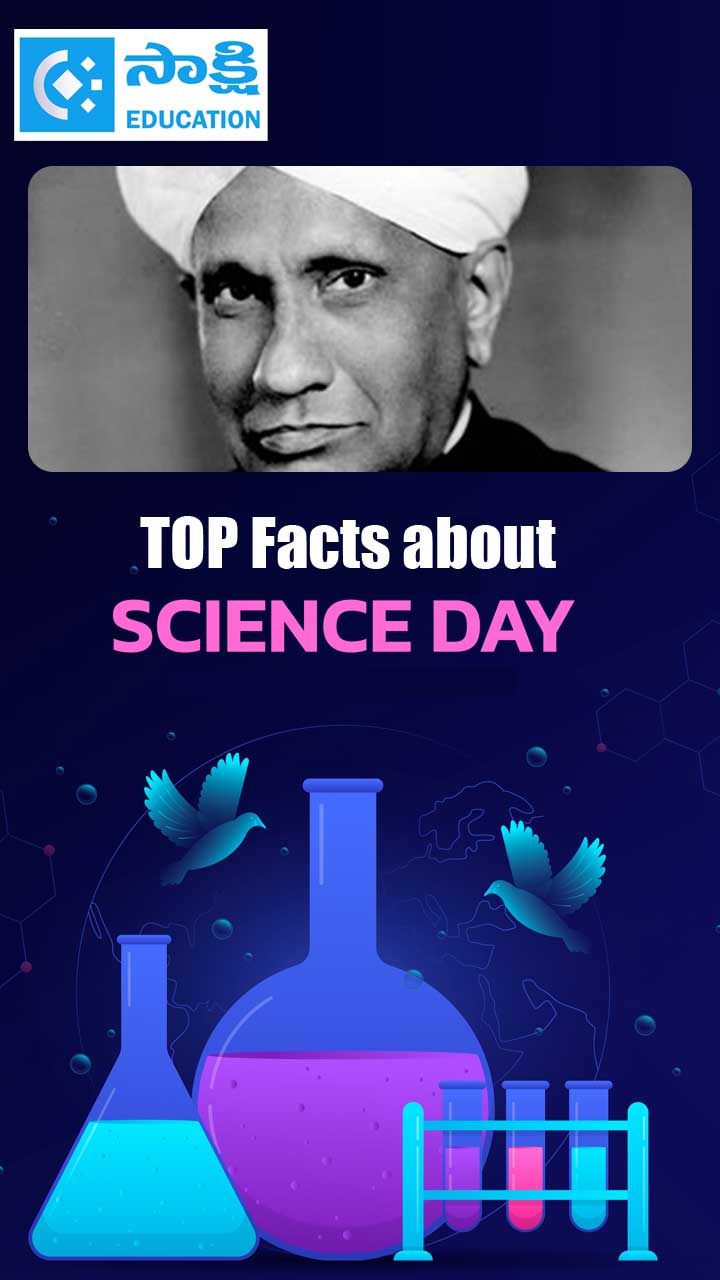Intermediate: 1st Year Botany Model Paper-3
(Biological Sciences)
(English Version)
Note :Read the following instructions carefully :
1) Answer all the questions of Section ‘A’ . Answer any six questions out of eight in
Section ‘B’ and answer any two questions out of three in Section ‘C’.
2) In Section ‘A’, questions from Sr.Nos. 1 to 10are of “Very Short AnswerType”. Each question carries two marks. Every answer may be limited to five lines.
Answerall the questions at one place in the same order.
3) In Section ‘B’ , questions from Sr. Nos. 11 to 18 are of “Short Answer Type”.
Each question carries four marks. Every answer may limited to 20 lines.
4) In Section ‘C’, questions from Sr. Nos 19 to 21 are of “Long AnswerType”.
Each question carries eight marks. Every Answer may be limited to 60 lines.
5) Draw labeled diagrams wherever necessary for questions in Section ‘B’and ‘C’.
Note : Answer all questions. Each answer may be limited to 5 lines. 10 x 2 = 20
1. What is growth? What is the difference between the growth in living organisms and growth in non-living objects?
2. What do the terms ‘algal bloom’ and red tides signify?
3. What is Palaeobotany? What is its use?
4. How does the sucker of Chrysanthemum differ from the stolon of jasmine?
5. What is meant by epipetalous condition? Give an example.
6. Give the technical description of anthers of Allium cepa.
7. What are microbodies? What do they contain?
8. Select an appropriate chemical bond among ester bond, glycosidic bond, peptide bond and hydrogen bond and write against each of the following.
a)Polysaccharide ---------- b) Protein ----------- c)Fat --------------- d)Water ---------
9. If a tissue has at a given time 4096 cells. How many cycles of mitosis had the original parental single cell undergone?
10. Name the type of land plants that can tolerate the salinities of the sea.
SECTION B
Note: Answer any six questions. Each answer may be limited to 20 lines. 6 x 4 = 24
11. What are the characteristic features of Euglenoids?
12. What is heterospory? Briefly comment on its significance. Give two examples.
13. What is meant by emasculation? When and why does a plant breeder employ this technique?
14. Describe the essential organs of Solanaceae.
15. Briefly describe the cell theory.
16. Write a brief account on polysaccharides.
17. Though redundantly described as a resting phase, interphase does not really involve rest. Comment.
18. What measure do you suggest to protect the pollinators ?
SECTION C
Note: Answer any two questions. Each answer may be limited to 60 lines 2 x 8 =16
19. Explain different types of racemose inflorescences.
20. Describe the process of fertilization in angiosperms.
21. Describe the internal structure of dorsiventral leaf with the help of labelled diagram.




















